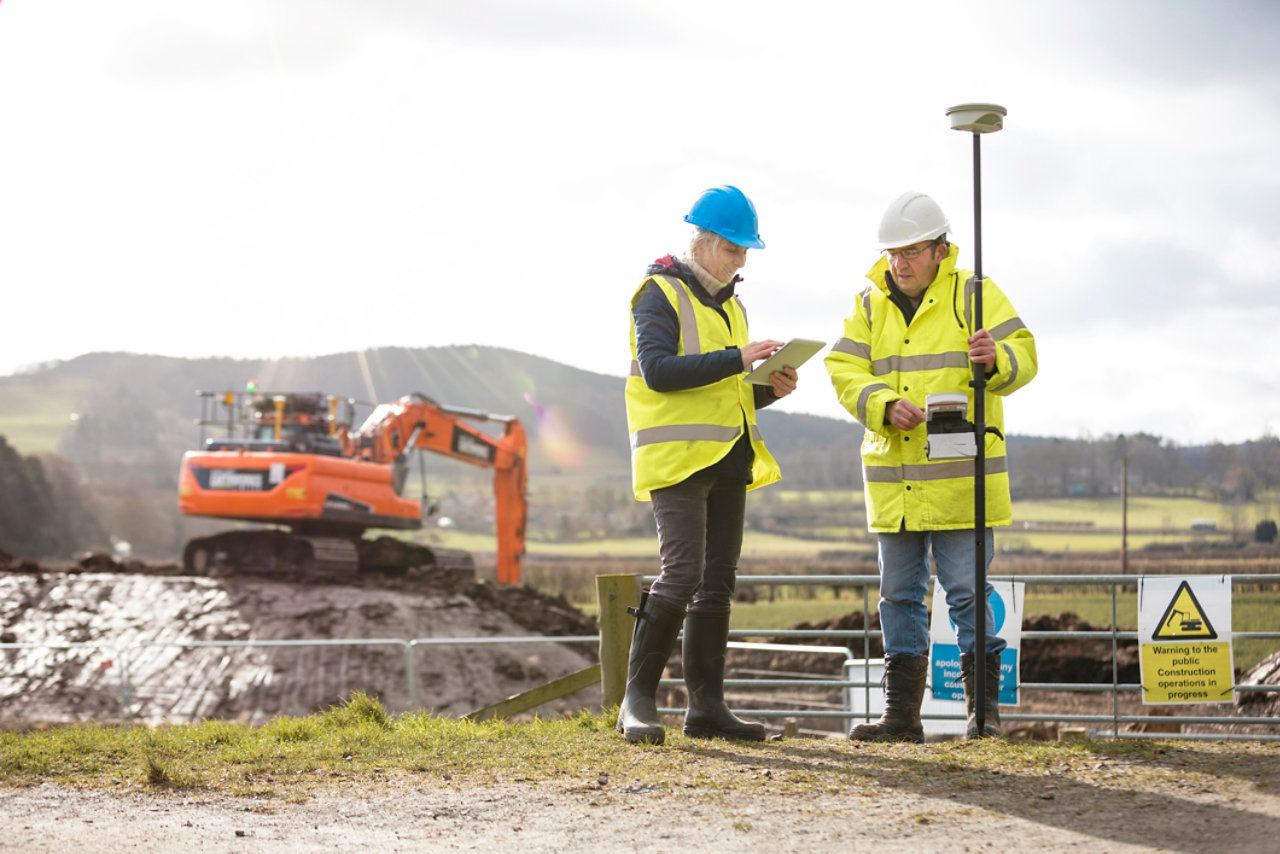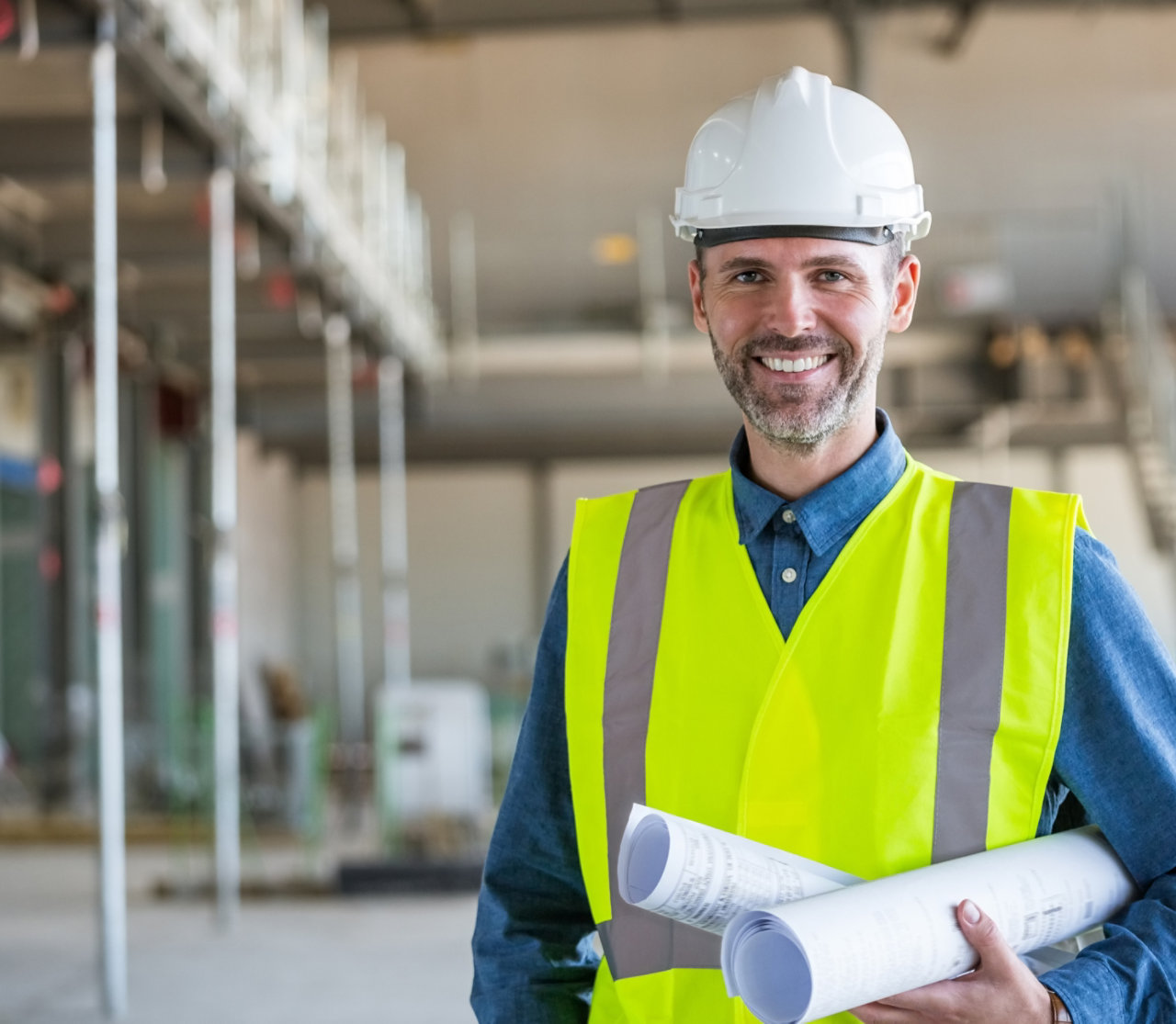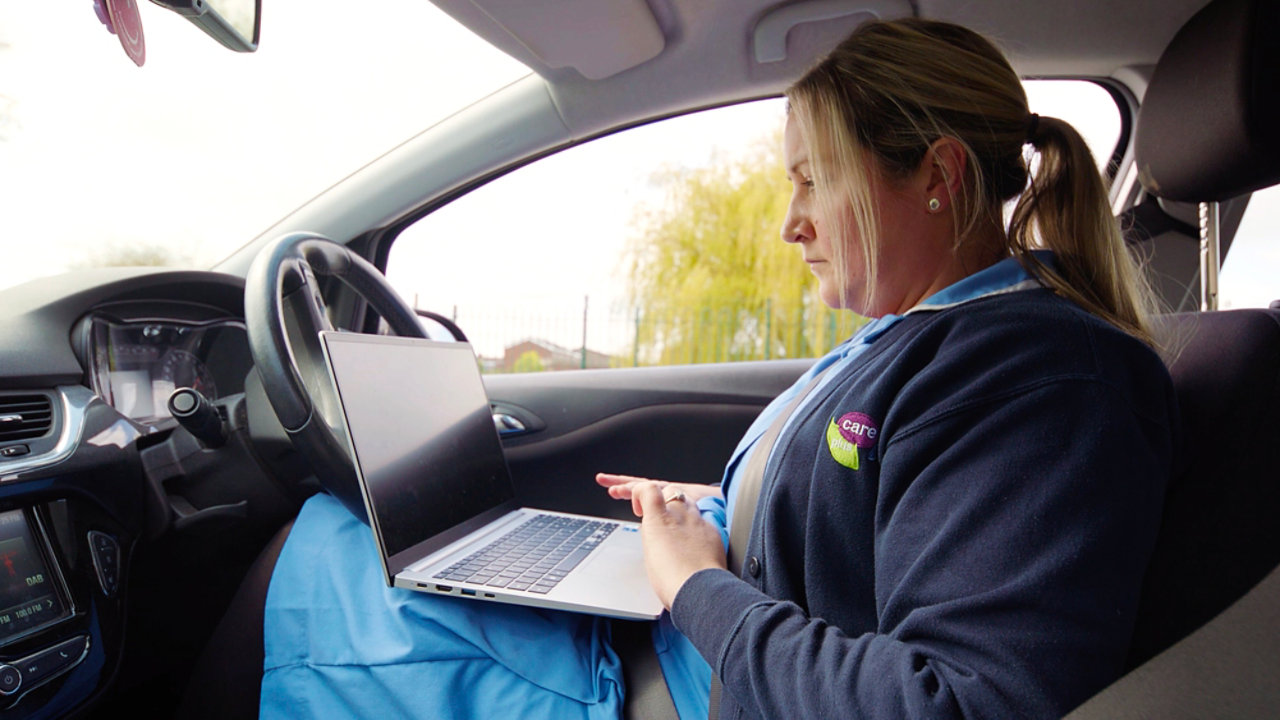
Willmott Dixon case study: 5G Business Broadband
As part of construction giant Willmott Dixon’s digital transformation strategy, they wanted to cut down on the need to physically transfer files and instead be able to send on a reliable, fast, and secure 5G network.
The challenge
Willmott Dixon is a privately owned contracting and interior fit-out group. Our purpose is to deliver brilliant buildings, transform lives, strengthen communities and enhance the environment so our world is fit for future generations. As we do this, our construction sites and offices must also be ready for the digitally-led world with excellent connectivity as standard.
Connectivity is a challenge for construction businesses, as our team is not based in a single office. The nature of our business is dynamic, and our construction environments are ever-changing. Most of our people work on construction sites across the country, where they need to access data and information quickly and on the go.
The challenge we faced was that the mobile signal on a construction site, sometimes in remote locations, is not as strong as it needs to be and getting a network line installed can be a real challenge where there isn’t even a building to connect to. However, we still need reliable, high-performing, cutting-edge digital systems and tools that meet the demands of today’s digital-led environment. For us, this has meant transitioning from IT infrastructure based on expensive, inefficient on-premises data centres, giving rise to issues like servers running out of space and network bottlenecks.

On our construction projects, everyone needs access to digital models that can be hundreds of gigabytes in size, so in the past poor connectivity limited the scope for future innovation. The main focus of a site team is delivering brilliant buildings, not having to contend with connectivity issues.
It also put our IT team under pressure too. Instead of focusing on long-term strategic projects, people often had to travel around the country to fix equipment and solve problems physically. This was not sustainable. The common challenges that come with legacy infrastructure and the unique environment of a construction site present a familiar problem faced by our whole industry.
Successful companies continually plan, innovate and invest in their future, and we are no different. We needed strategic investment to support Willmott Dixon’s growth, so in 2019, we worked on a plan to transform our business digitally.
The solution
The first step was determining the specific systems and processes we wanted to improve. So we started talking with our business leaders and enterprise architects and got together with BT to identify improvements we could make, and how we would measure their success.
For example, one clear area was improving our connectivity. This required initial investment, so we made the case that in the long run it would save money given the hidden costs arising from teams across the business employing workarounds – not to mention the long-term efficiencies it would drive.
This investment enabled us to upgrade over 40 of our sites, ensuring all our sites had the best possible solution. We deployed Multiprotocol Label Switching (MPLS) connections and new 5G Private Networks powered by EE, as it is the only technology capable of quickly handling such large files. We could see the impact immediately, as teams could access the digital models and other files they needed without worrying about whether they had the bandwidth available.
We’re already starting to see the benefits of digital transformation, and of our partnership with BT.
However, improved connectivity meant much more to us than this. There was also a clear case that the investment would lead to productivity gains.
For example, with reliable connectivity, we’ve moved much of our business onto Microsoft’s Azure cloud services and away from our on-site servers. There was a key decision not to replace like-with-like. If we need more server capacity, we can have it in seconds with just a few keyboard taps.
Everyone in the business can already see the improvements. Teams are working more effectively, the IT team has been freed to work on long-term projects, and complaints about IT-related issues have been dramatically reduced.
We can even see the changes directly on our building sites. Teams on our digitally enabled sites are more efficient and accurate, with digital plans updated in real-time – our teams have reported saving 10-15% of their time with faster connectivity. Our health and safety team are also delighted as there is reduced risk with fewer people moving around on sites as they can access the information they need remotely using wi-fi and 5G.

Our team is also taking advantage of emerging technologies, such as Microsoft’s mixed-reality HoloLens headset. HoloLens has the potential to let us meet with customers virtually, saving time and money on travel. But even better, instead of simply showing them drawings of what we’re building, we can walk through an immersive 3D model together long before the building has been built.
This advancement makes it easy to check that everything meets our customers’ needs, and saves our people time as the customer has a greater understanding of what is being built at a much earlier stage. It’s another example of a digital tool that has improved the way we work.
What’s clear is that we’re already starting to see the benefits of digital transformation and of our partnership with BT. And now, we’re considering other technologies that could further transform our business.
The result
With the foundations in place, we’re now well on our way to the complete digital transformation of our business. And we’re already seeing the results – we’ve calculated that our collaboration with BT has already saved 26,000 days of staff time and £4m in expenses by reducing travel. And our team is happier too. Now, 96% of our staff say they are satisfied with their collaboration tools, compared to just 76% before.
We plan to move fully towards the cloud as we look towards the future. We’ll be able to work even more flexibly with our hybrid workforce. We’ll have more visibility on how teams work and better data to help simplify how our people work. For example, we can see what tools are being used to work together and collaborate, and we can tailor our training and support to how people are working.
Our collaboration with BT has already saved 26,000 days of staff time and £4m in expenses by reducing travel.
Our next step is to explore the full range of emerging technologies. We’re particularly excited about connected IoT sensors and artificial intelligence, and how we can use them to monitor our sites and empower our team with real-time data insights to improve their work.
Every organisation can change like we have when you have a technology partner who can understand your needs, and will work closely with you to see your business from your perspective.
That’s why we like working with BT. In just a couple of years, we’ve transformed our business. Our infrastructure now meets the needs of the people who use it daily. But perhaps more important than the productivity gains we’ve already seen is what it means for the future. We’re now ready for whatever technological opportunities lie ahead.



